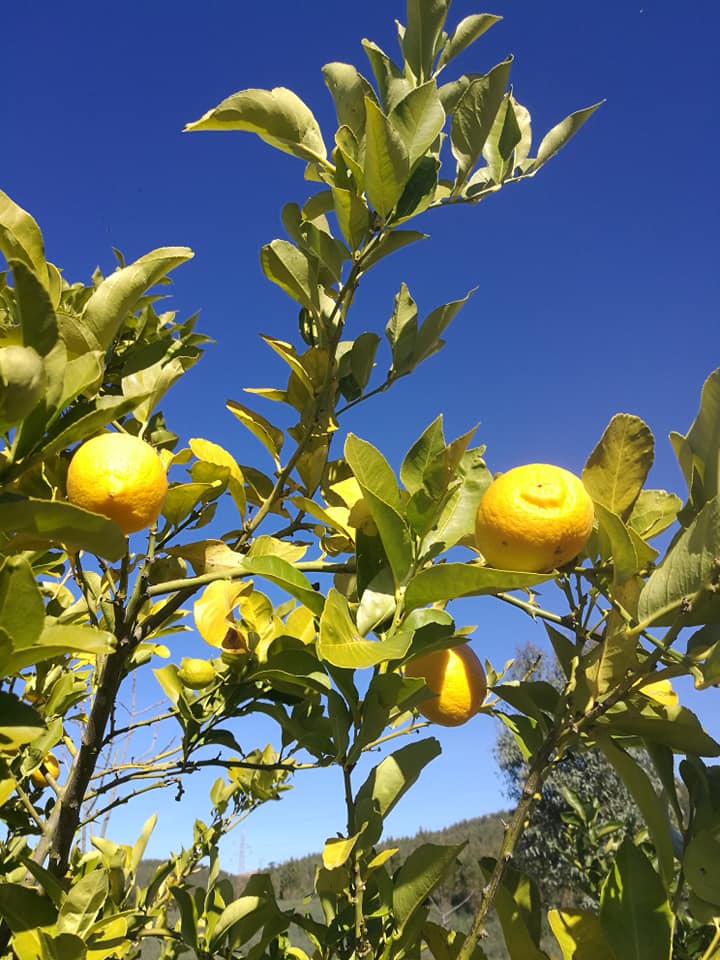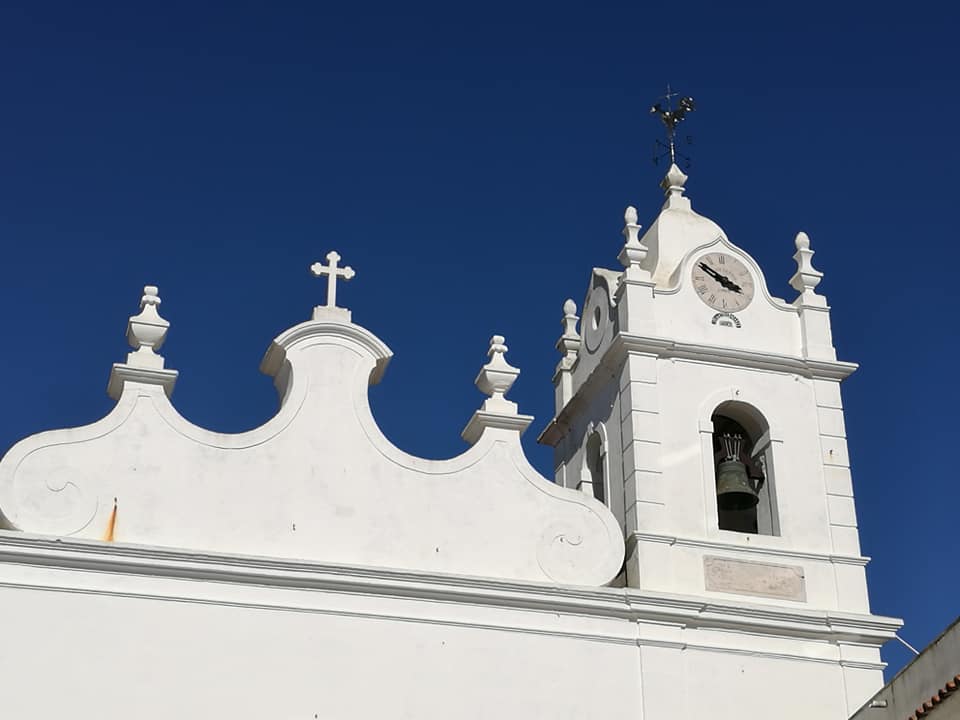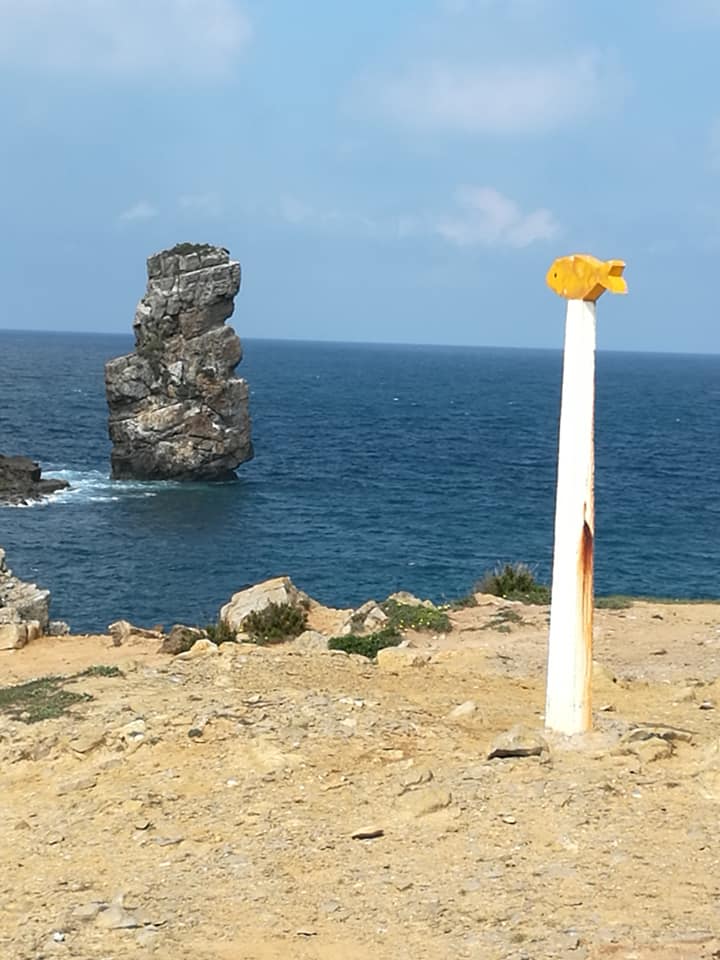Terrain, Flora and Fauna
Portugal has a wide variety of landscape. There are some rugged mountains in the North with less challenging mountain terrain elsewhere. Much of Portugal is covered in pine or eucalyptus forest and nowhere in Portugal is far from the sea. Some of Portugal's beaches are among the most spectacular in the world. Wild flowers grow in abundance and in spring large stretches of Portugal provide a seemingly unending magic carpet of colour. Huge eagles soar effortlessly overhead all across Portugal. Storks nest in large numbers and there are even flamingos feeding in some river estuaries. An deal location for guided hiking tours and group walking holidays.
History
Walking and Hiking in Portugal combines spectacular scenery with the rich history of Europe’s oldest nation. Founded over 800 years ago Portugal has a huge number of Castles, Abbeys and other ancient monuments. On any walk or hike in Portugal you are almost certain to encounter one or more of them. During its long history Portugal has seen many civilisations come and go. Celtic, Roman, Moorish, Jew and Christians have all left their mark there. One of the most remarkable groups was the Knights Templar Order who have left castles and churches throughout the countryside with their headquarters in Tomar at the Convento de Cristo.
Climate and weather
Weather is always a crucially important factor for Hikers and Walkers. The Climate in Portugal can be best defined as Mediterranean. It has an average of 290 days of sunshine a year. But it’s proximity to the Atlantic Ocean usually keeps the summers from getting too hot and the winters from getting too cold. Except for July and August where the temperatures can reach 40 degrees. Most rain falls in the winter months but, other than in the highest mountains, snow and ice are unheard of. A perfect winter walking low cost holiday.
Food and drink
The traditional foods of Portugal owe much to the history of the country and the wide availability of fresh produce. Fish and sea food play an important role in cuisine as do fresh fruits and vegetables, herbs and spices. Wine, particularly red wine, is the usual accompaniment to food. But although good food, it is rarely expensive as are wine or other alcoholic drinks.
A place of Pilgrimage
The tradition of walking and hiking in Portugal is ancient. Long distance Pilgrim routes cross the country, like those that go to the Shrine of Fátima, a place of devotion for millions of Christians. And the longer much older Pilgrim routes leading to Santiago de Compostela in northern Spain. A perfect destination for your walking and hiking holiday with some of the best walks in Portugal.
Walking and hiking in Portugal is different
Portugal is more laid back than most European countries. The pace of life is slower and there is more time for reflection. Walking and Hiking through tiny sleepy villages and historic towns gives quite a different perspective on life. Many different groups have left their mark on Portugal over the centuries. You see that in the architecture, the monuments, the cuisine and the culture. Walking and Hiking in Portugal is different compared to most other places. To enjoy the difference you need to see it and feel it. Then you will know what we mean.
Portugal has a wide variety of landscape. There are some rugged mountains in the North with less challenging mountain terrain elsewhere. Much of Portugal is covered in pine or eucalyptus forest and nowhere in Portugal is far from the sea. Some of Portugal's beaches are among the most spectacular in the world. Wild flowers grow in abundance and in spring large stretches of Portugal provide a seemingly unending magic carpet of colour. Huge eagles soar effortlessly overhead all across Portugal. Storks nest in large numbers and there are even flamingos feeding in some river estuaries. An deal location for guided hiking tours and group walking holidays.
History
Walking and Hiking in Portugal combines spectacular scenery with the rich history of Europe’s oldest nation. Founded over 800 years ago Portugal has a huge number of Castles, Abbeys and other ancient monuments. On any walk or hike in Portugal you are almost certain to encounter one or more of them. During its long history Portugal has seen many civilisations come and go. Celtic, Roman, Moorish, Jew and Christians have all left their mark there. One of the most remarkable groups was the Knights Templar Order who have left castles and churches throughout the countryside with their headquarters in Tomar at the Convento de Cristo.
Climate and weather
Weather is always a crucially important factor for Hikers and Walkers. The Climate in Portugal can be best defined as Mediterranean. It has an average of 290 days of sunshine a year. But it’s proximity to the Atlantic Ocean usually keeps the summers from getting too hot and the winters from getting too cold. Except for July and August where the temperatures can reach 40 degrees. Most rain falls in the winter months but, other than in the highest mountains, snow and ice are unheard of. A perfect winter walking low cost holiday.
Food and drink
The traditional foods of Portugal owe much to the history of the country and the wide availability of fresh produce. Fish and sea food play an important role in cuisine as do fresh fruits and vegetables, herbs and spices. Wine, particularly red wine, is the usual accompaniment to food. But although good food, it is rarely expensive as are wine or other alcoholic drinks.
A place of Pilgrimage
The tradition of walking and hiking in Portugal is ancient. Long distance Pilgrim routes cross the country, like those that go to the Shrine of Fátima, a place of devotion for millions of Christians. And the longer much older Pilgrim routes leading to Santiago de Compostela in northern Spain. A perfect destination for your walking and hiking holiday with some of the best walks in Portugal.
Walking and hiking in Portugal is different
Portugal is more laid back than most European countries. The pace of life is slower and there is more time for reflection. Walking and Hiking through tiny sleepy villages and historic towns gives quite a different perspective on life. Many different groups have left their mark on Portugal over the centuries. You see that in the architecture, the monuments, the cuisine and the culture. Walking and Hiking in Portugal is different compared to most other places. To enjoy the difference you need to see it and feel it. Then you will know what we mean.
MAP




